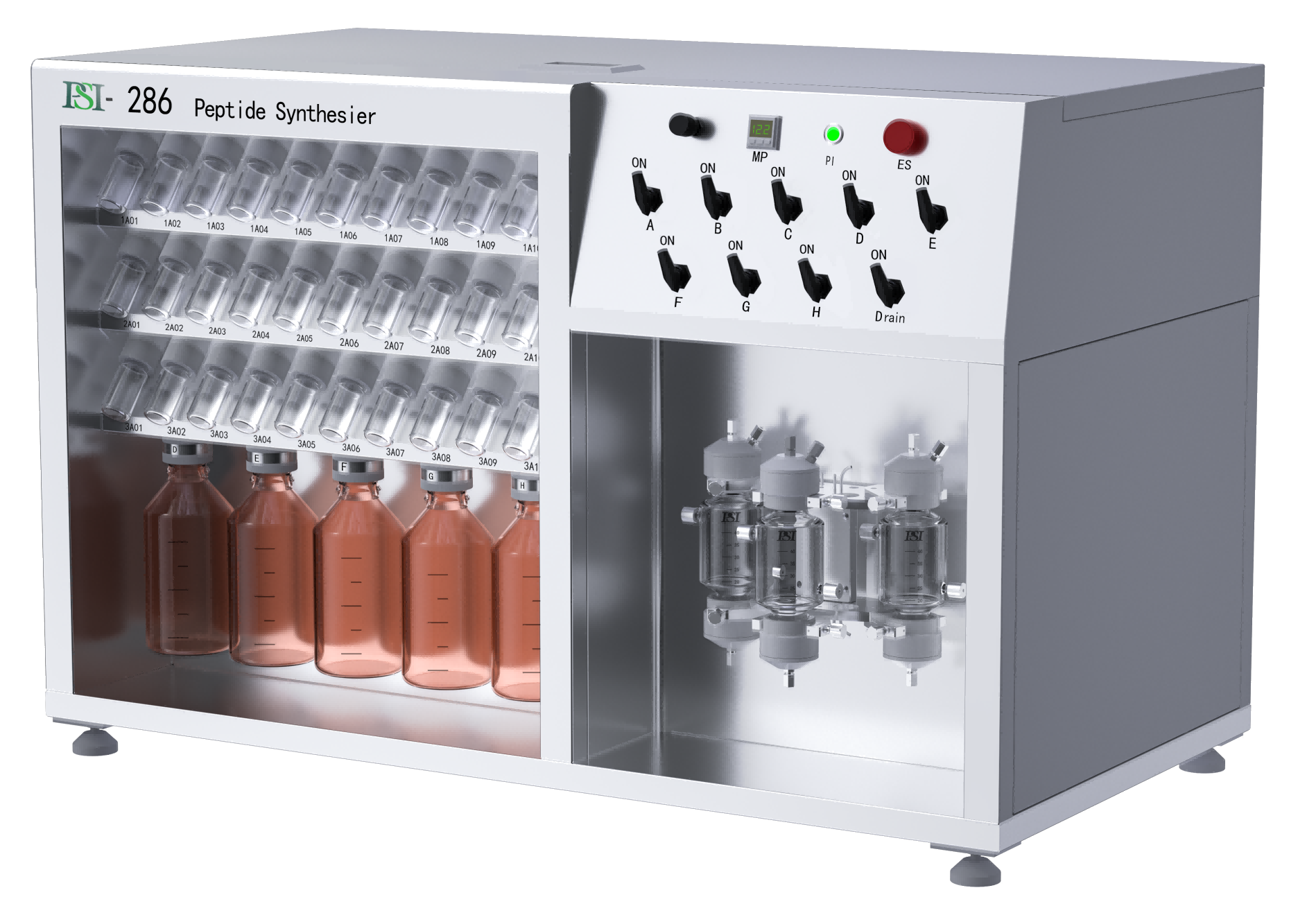Evolution of peptide synthesis
Release Time:2023-09-28
Number of views:560
The evolution of peptide synthesis can be traced back to the beginning of the 20th century. The following are the major evolutionary stages of peptide synthesis:
Early manual synthesis (early 20th century): The earliest polypeptide synthesis was manual, in which researchers joined amino acids one by one to gradually build polypeptide chains through chemical reactions. This was a time-consuming and complex task that limited the length and purity of the peptides.
Hormone synthesis by Djerassi and Miramontes (1950s): In the 1950s, Carl Djerassi and Luis Miramontes synthesised the first synthetic oestrogen, Norethindrone, which marked a major breakthrough in organic synthetic chemistry. This successful synthetic work inspired more people to start investigating synthetic methods for peptides.
Merrifield Solid-Phase Synthesis (1963): Robert Bruce Merrifield developed the technique of solid-phase synthesis, which revolutionised the way peptides were synthesised. In solid-phase synthesis, the peptide chain is started by attaching to the first amino acid immobilised on a resin, and then each amino acid is added to the chain in turn. This method simplifies the synthesis process, accelerates the rate of peptide synthesis, and allows the synthesis of longer, more complex peptides.
Development of automated synthesizers (1970s and 1980s): The development of automated peptide synthesizers allowed for more efficient and precise peptide synthesis. These machines were able to perform chemical reactions and amino acid additions automatically, reducing the need for human intervention and increasing the efficiency of peptide synthesis.
Protecting and deprotecting groups (1970s and 1980s): The introduction of various protecting and deprotecting groups has made it easier to manage different functional groups in peptide synthesis, improving the controllability and selectivity of the synthesis.
Further automated and automated synthesis methods (recent years): With the development of technology, automated synthesis methods have been improved, including high-throughput peptide synthesis, microfluidics, and nanotechnology, which have increased the speed, purity, and complexity of peptide synthesis, and provided more possibilities for peptide chemistry.
Overall, peptide synthesis technology has gone through several important evolutionary stages, from the earliest manual synthesis to modern and efficient automated synthesis methods, which have led to a wide range of applications of peptides in the fields of drug discovery, biological research and biomedical applications. The development of these evolutionary journeys has provided additional tools and techniques for peptide synthesis, and has contributed to the continuous development and innovation of peptide science.





